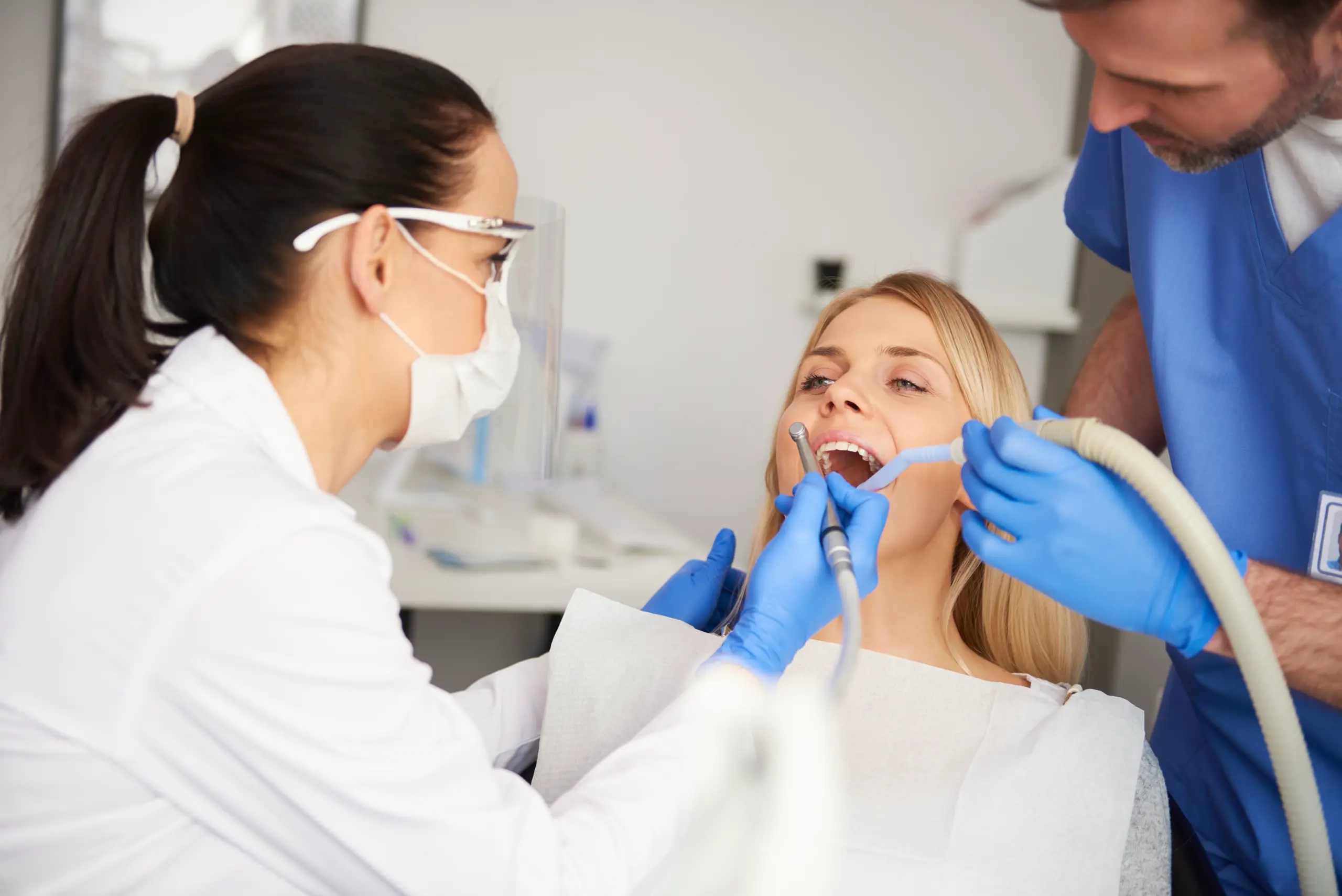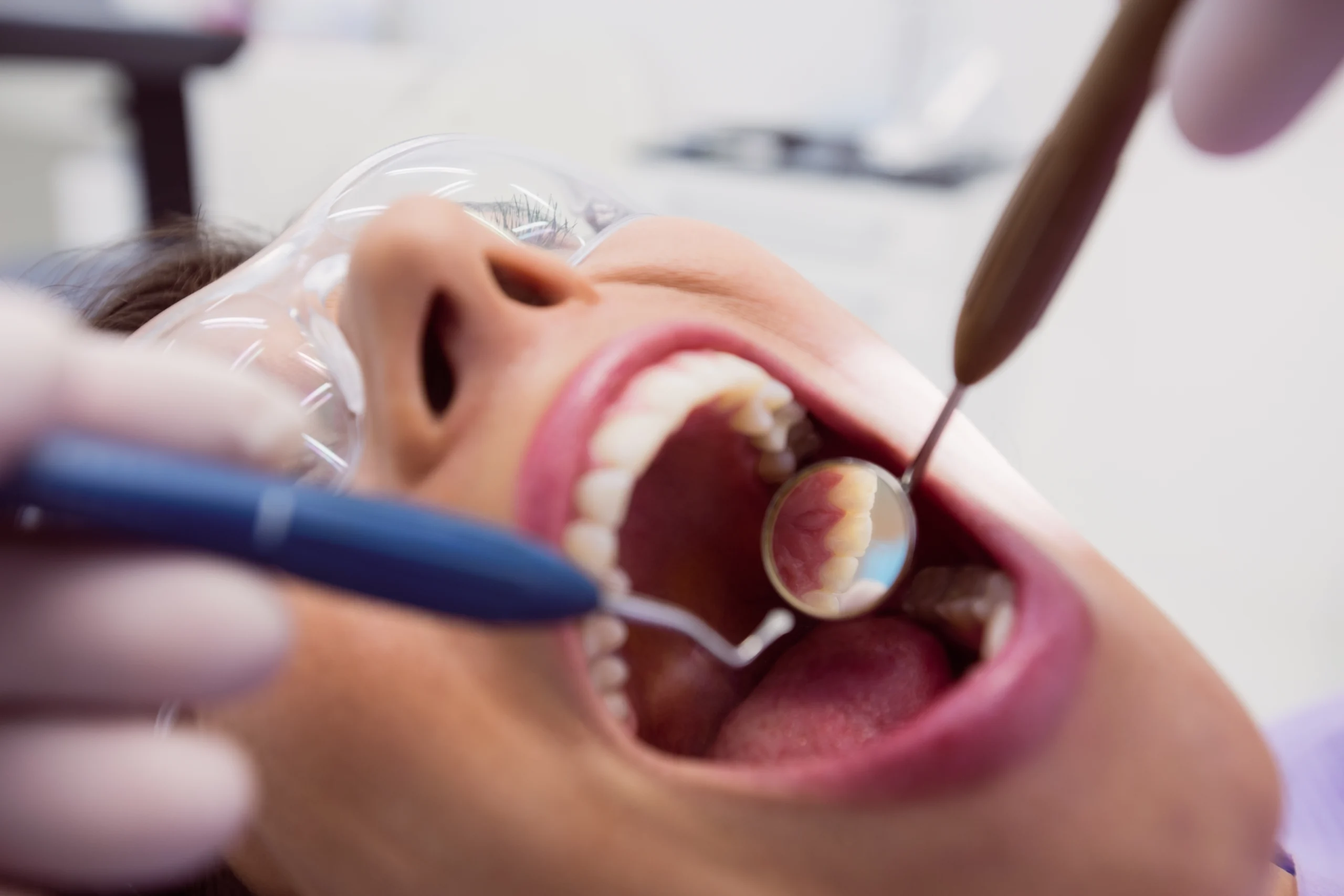A new patient dental exam is a thorough process designed to assess your overall oral health and create a personalised treatment plan. The duration of this exam typically ranges from 45 to 60 minutes, depending on your individual needs. During the exam, your dentist will review your medical history, perform a detailed oral examination, take necessary X-rays, and discuss a treatment plan. Here’s a breakdown of each stage and how long they typically take:
1. Initial Consultation
The first part of your new patient visit is dedicated to understanding your specific needs and concerns. During this stage, your dentist will:
- Review your medical history: This crucial step ensures that any medical conditions, allergies, or medications you take are considered when planning your dental care.
- Discuss oral hygiene practices: You’ll talk about your current routine, including how often you brush, floss, and other habits that might impact your dental health.
- Address concerns and goals: This is the time to share any issues you’ve noticed with your teeth or gums and discuss your expectations for dental care.
This portion of the exam usually lasts 10 to 15 minutes, allowing the dentist to gather important information and begin building a relationship with you.
2. The Comprehensive Oral Examination
Once your dentist understands your general health and concerns, they will proceed to the oral examination. This is the most critical part of the visit as it directly assesses your current oral health. The examination typically includes:
- Teeth Assessment: This involves checking for cavities, cracks, or signs of wear. The dentist will also assess existing dental work, such as fillings or crowns.
- Gum Health: The dentist will check for signs of gum disease, such as redness or swelling. They may also examine your gums for deeper issues like periodontitis.
- Soft Tissue Inspection: Examining your tongue, cheeks, lips, and the roof and floor of your mouth for any signs of abnormalities, including oral cancer.
- Bite and Jaw Alignment: Assessing your bite and the health of your temporomandibular joint (TMJ).
This comprehensive examination typically takes 20 to 30 minutes, depending on the condition of your teeth and gums.
3. X-rays
X-rays play an important role in your new patient exam, allowing the dentist to see areas that may not be visible during the physical examination. Depending on your dental and medical history, you may need X-rays to check for issues like:
- Hidden tooth decay that isn’t visible on the surface.
- Bone loss or impacted teeth.
- Abscesses or other dental issues that are not immediately obvious.
Modern digital X-rays are often used, and they are faster and emit less radiation than traditional X-rays. The process generally takes around 5 to 10 minutes.
4. Treatment Planning and How Long Does It Take?
Once the examination and any necessary X-rays are completed, your dentist will explain the findings and discuss any necessary treatments. During this phase, your dentist will:
- Explain the issues detected: Whether it’s a cavity, gum disease, or other oral health concerns.
- Discuss treatment options: They’ll provide information about the available treatments and what each option entails.
- Outline costs and schedules: You’ll be informed about the estimated costs of treatments and a proposed schedule for any future appointments.
This step generally takes 10 to 15 minutes and ensures that you are fully informed about your oral health and the next steps in your treatment plan.
How Long Does a New Patient Dental Exam Take in Total?
The total duration of your new patient’s dental exam will depend on several factors. As mentioned earlier, expect the appointment to take between 45 to 60 minutes or longer. Here are some factors that can influence the length of your visit:
- Type of Procedure: A routine check-up or cleaning will be faster than treatments like fillings, crowns, or root canals.
- Complexity of Your Oral Health: If there are multiple issues to address or a need for extensive X-rays, the appointment will take longer.
- Patient Needs: Some patients may require more time to discuss concerns, ask questions, or address anxiety, which can also extend the duration of the appointment.
- New vs. Existing Patient: New patient visits typically take longer due to the need to gather medical history, perform a comprehensive exam, and discuss treatment plans.
To ensure you’re not rushed and that your dentist has enough time to address all necessary aspects of your care, plan for a 45 to 60-minute window for your first visit.
How to Make the Most of Your New Patient Dental Exam
To ensure that your new patient’s dental exam runs smoothly and efficiently, consider these tips:
- Arrive Early: Arriving 10-15 minutes before your appointment gives you time to complete any necessary paperwork and helps you feel more relaxed.
- Prepare Your Information: Bring your medical history, a list of medications, and any dental insurance details. If possible, think about any specific concerns or questions you’d like to ask your dentist and write them down in advance.
- Be Honest and Open: The more your dentist knows about your habits, symptoms, and concerns, the better they can tailor their care to meet your needs.
- Confirm the Treatment Plan: Before leaving, make sure you fully understand your diagnosis, proposed treatment plan, and any follow-up steps. This will help you feel confident moving forward with your care.
By being prepared and proactive, you can ensure your new patient’s dental exam is as productive and stress-free as possible.
What to Expect After Your New Patient Dental Exam
Your first dental exam is an important starting point for your dental care. After this visit, you’ll likely need to schedule follow-up appointments for treatments, cleanings, or additional diagnostic work. If any issues were found during your exam, your dentist will discuss the next steps with you, including the timing and cost of necessary treatments.
Many patients find that their first visit not only helps them get a clearer picture of their oral health but also fosters a positive relationship with their dental team. This can make future visits easier and more comfortable, especially if you require more advanced procedures or treatments.
Final Thoughts
The new patient dental exam is an essential part of your overall dental care. While it may take longer than a routine check-up, the thorough assessment, including medical history, physical examination, X-rays, and treatment planning, ensures that your dentist has a clear understanding of your oral health. This helps to detect any issues early, preventing more serious problems in the future.
By understanding how long a new patient dental exam takes and preparing accordingly, you can ensure that your first visit goes smoothly and that you’re fully informed about your treatment options moving forward. Your dentist will be better equipped to provide tailored care, ensuring a long-term partnership focused on maintaining optimal oral health. Don’t hesitate to contact us for more information or visit us at Birchgrove Dental Practice to support you in your dental needs.
References:




